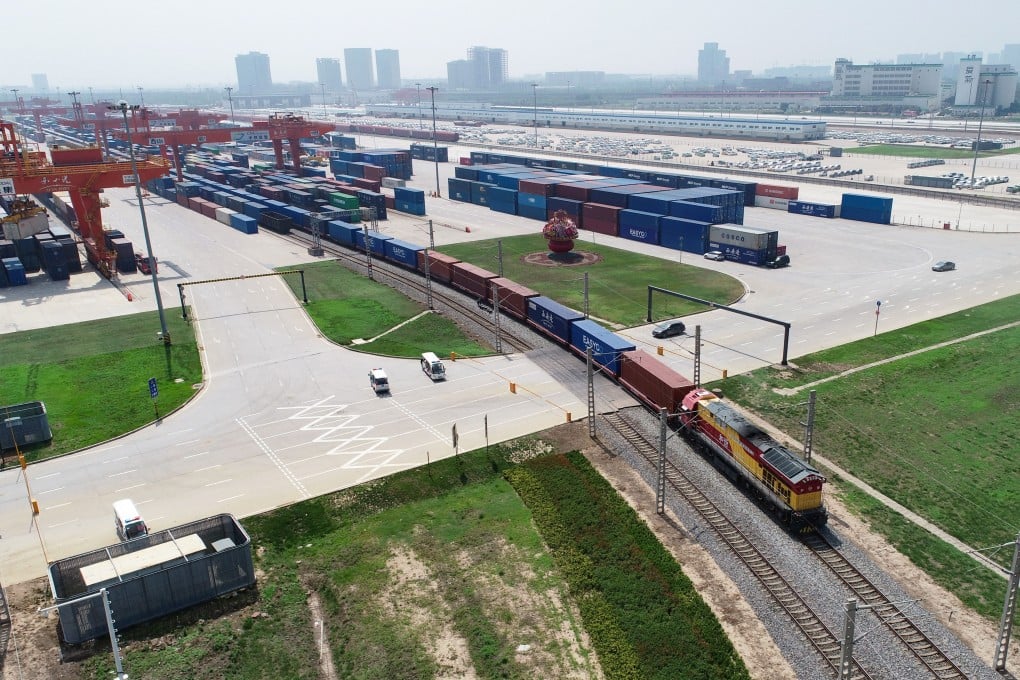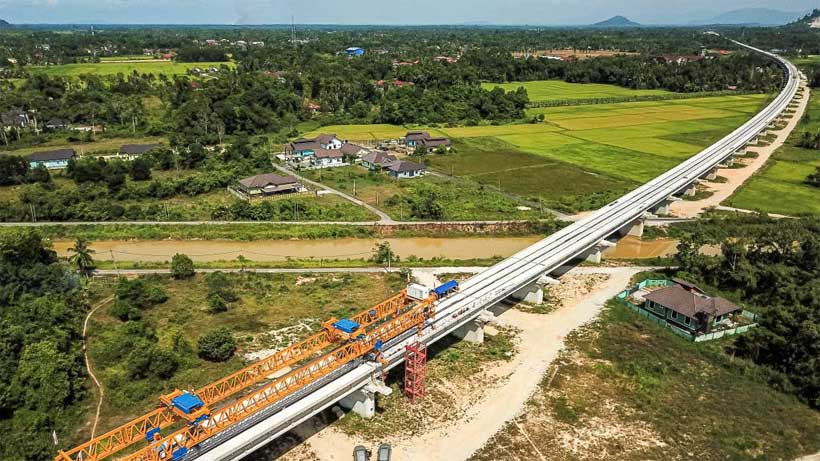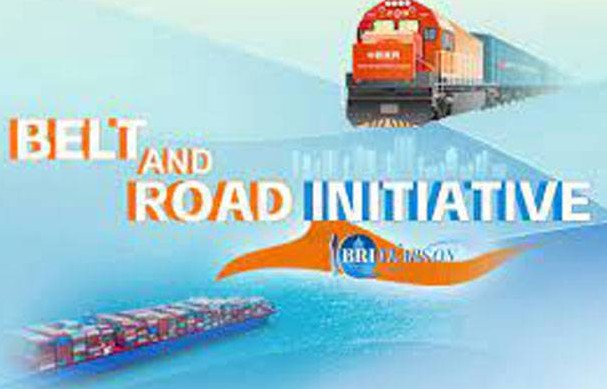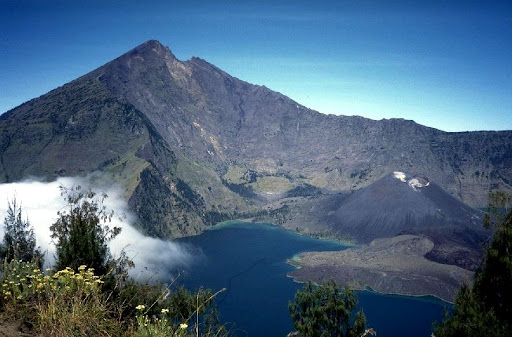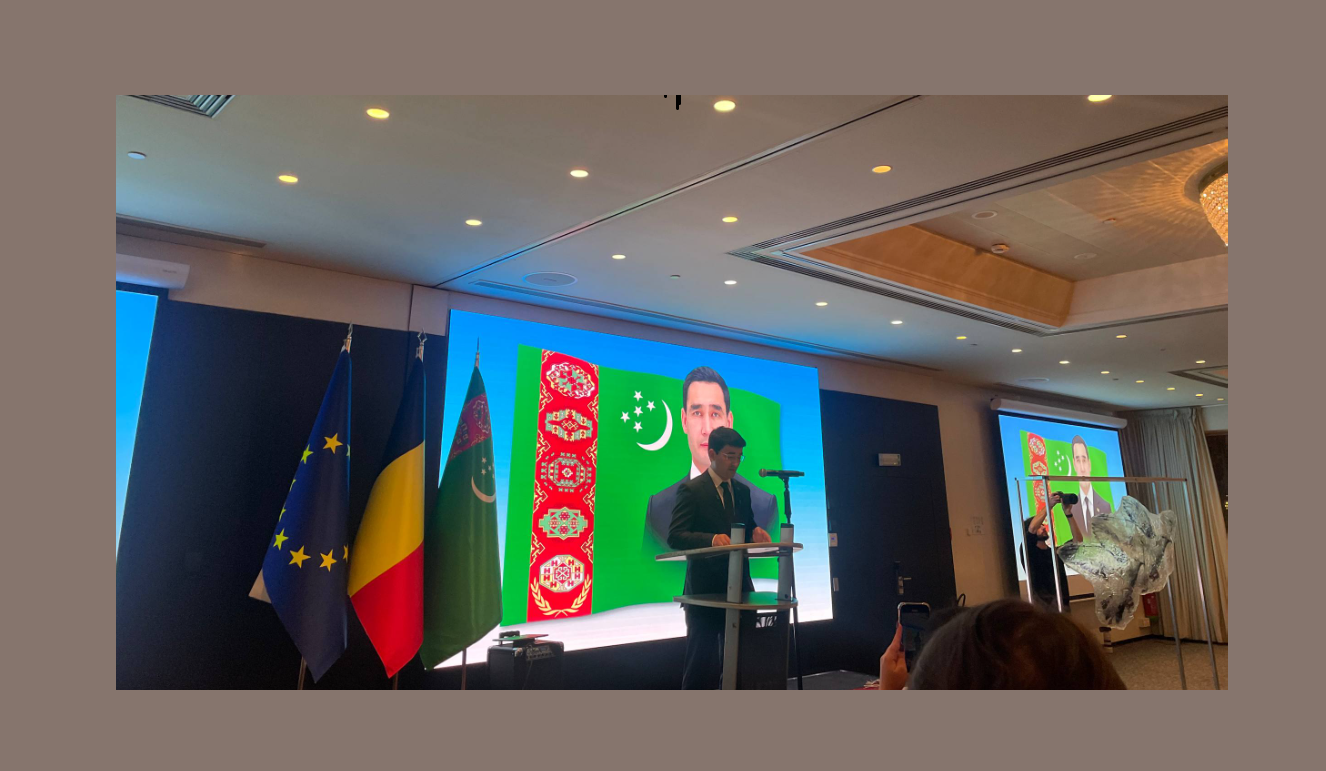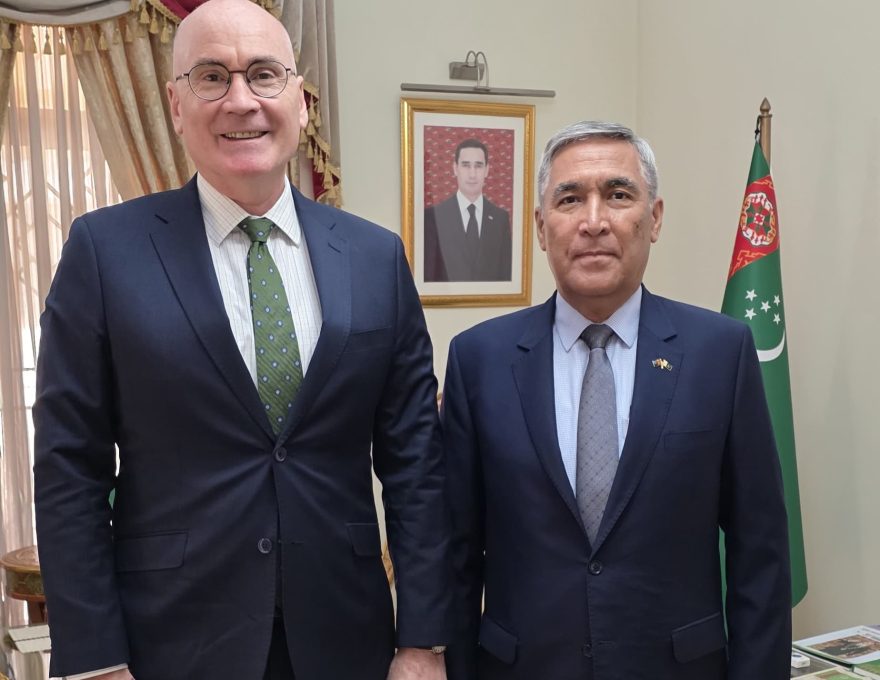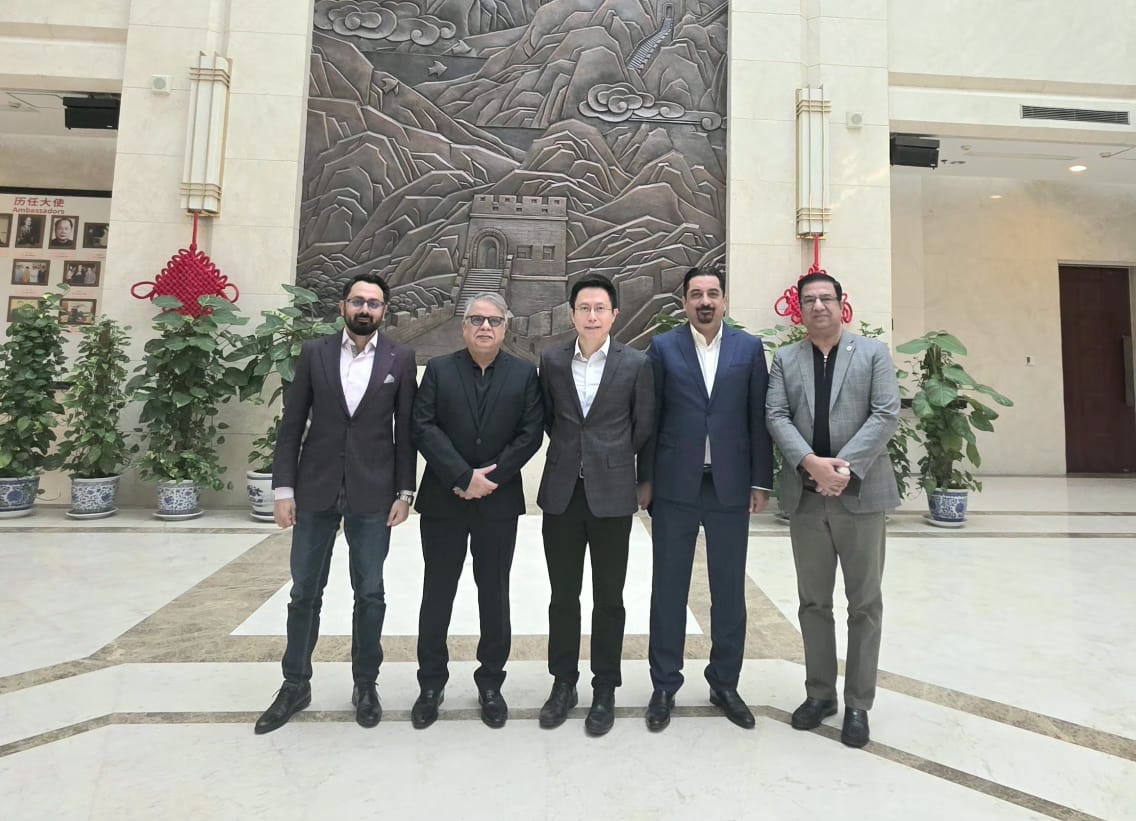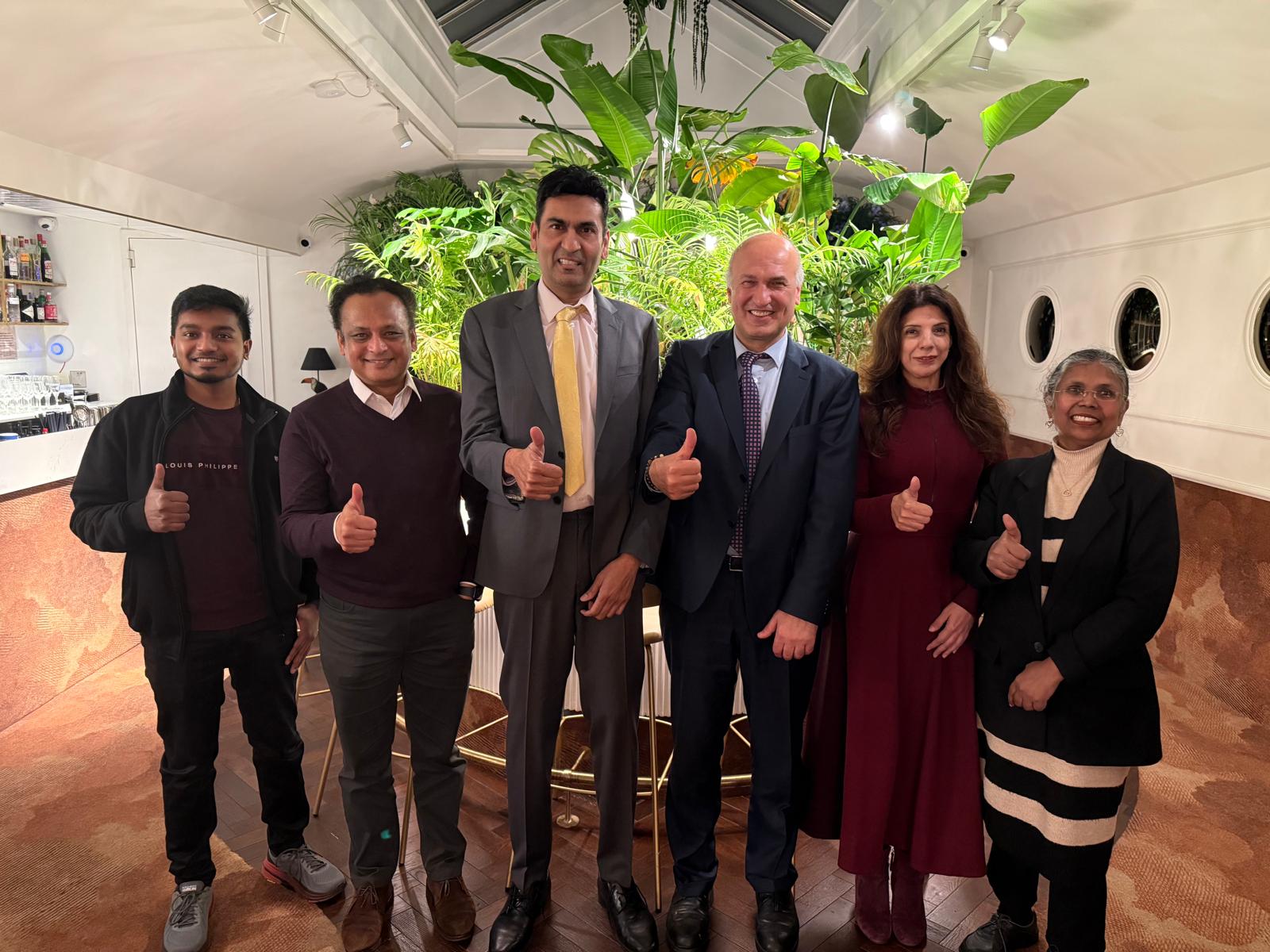The Belt and Road Initiative represents the most ambitious and far-reaching international infrastructure and connectivity project in China’s history (Huang, 2016). Chinese government is interested in global economy through Belt and Road Initiative and Asian Infrastructure Investment Bank (AIIB). Belt and Road Initiative is to cover the regional and beyond developments in infrastructure, regional connectivity, financial support, and cultural exchange. Initiative’s first phase will work on high speed railroad connectivity, telecom, pipe lines for oil and gas, electricity links and gradually will be shifted toward global ‘green’ and ‘digital’ framework.
China’s vision for regional development could be traced after the initiative of Belt and Road in 2013, officially expressed and proposed by president Xi Jinping’s words at Kazakhstan, and later at Indonesia. China has integrated both the ‘Silk Road Economic Belt’, and the ‘Maritime Silk Road of 21st century’ concepts into one project called “yidaiyilu” which has classical ring in Chinese. This term sounds historical and grand, connecting people of China with ancient Silk Road heritage. One Belt and One Road initiative adopted by the Party leadership as the key policy, and several departments (National Development and Reform Commission, Foreign Ministry and Ministry of Commerce) with the approval of State Council in March 2015, had initiated their working in detailed mechanism. As various interpretations regarding Belt and Road Initiative exist, some described it as the opposition of the American Marshall Plan after World War II and other took it as the peaceful regional development as compared to traditional aid program.
From the 1980s to 2010, a major economic growth, transform China from an agrarian economy to a global manufacturing hub which manufactured and exported large volumes of goods to developed countries. This period marked as China’s ‘Lewis Turning Point’, where surplus rural labor worked in industrial sector, to sustained economic growth and structural development.
Belt and Road Initiative is merely divided into six major economic corridors, which emphasizes broadly on five major areas of coordinating development policies, networks of facilities and infrastructures, financial cooperation, and sharing cultural and social norms(Johnston, 2018). In its core sense BRI is an ‘evolving enigma’ that it has a capacity and flexibility to adopt over decades. As Yuen Yuen Ang in her work on foreign policy (2019) notes that president Xi Jinping at BRI forum in 2017 (Beijing), referred the initiative as a “project of a century” encompasses everything finance, infrastructure, innovation, trade, transportation, sustainability and people to people connectivity.
As BRI is not based on a single mode of transportation, so its development cannot be understood merely by tracing only physical infrastructure over time. Its origins can be identified in 2013, when President Xi Jinping introduced the concepts in two separate speeches in different geographical zones: the “Silk Road Economic Belt” linking western China with Central Asia and Europe, and the “Maritime Silk Road of the 21st century” connecting China with Southeast Asia, Africa, and beyond. Tracing BRI evolution is not only linked with 2013 speeches of president Xi Jinping, but it’s a rebranding and consolidation of already existing Chinese projects, integrating them with one single narrative (Rice, 2023).
In the first Phase of BRI (2013-2015) the focus was on promotion and the branding of Belt and Road Initiative. Synergizing of China’s BRI with the plans of other countries like Russia’s “Greater Eurasian Partnership,” Turkey’s “Middle Corridor,” and Kazakhstan “Bright Road” started after the issuing of a paper by National Development and Reform Commission (NDRC) of China in 2015.
But the second phase (2015–2017) involved the expansion of the initiative and the development of large-scale infrastructure projects across numerous countries in South Asian region and beyond. Major focus was on facility connectivity, refers to building and improving infrastructure networks that connect Asia internally and externally (with Europe and Africa). For BRI this connectivity means both physical (roads, railroads, pipelines, airports, seaports) and digital (submarine optical cables). In its third phase aim of the BRI was stated as to initiate tariff free trade.
New Development Bank (BRICS Bank, 2014), and Asian Infrastructure Investment Bank (AIIB, 2015), construction is closely linked with BRI’s projects defined as fourth priority (NDRC, 2015), provided an alternative financing channels to western led banking like World Bank and IMF. Construction of BRICS and AIIB banks is aligned with china’s vision of reconstructing global financial governance.
As BRI is integration of Belt and Road, originally from the speeches of president Xi Jinping, divided further into six major economic corridors the New Eurasian Land Bridge, China–Central Asia–West Asia, China–Mongolia–Russia, China–Pakistan, China–Indochina Peninsula, and Bangladesh–China–India–Myanmar.
The evolution of the Belt and Road Initiative (BRI) reflects China’s vision for global development and governance. In 2017, the First Belt and Road Forum in Beijing make it internationally accepted. By 2019, the China Railway Express made its maiden voyage from Xi’an (Classically linked with Ancient Silk Road) to Europe via Marmaray Tunnel, a progress along the China–Central Asia–West Asia Economic Corridor. The outbreak of COVID-19 pandemic in 2020 refocused toward Health and Digital Silk Roads, encompassing focus on cooperation in healthcare and technology. In 2021, the BRI encountered rising criticism in Europe, which was triggered by Lithuania’s withdrawal. 2022 remind as boom period in trade between China and BRI partner countries, had reached approximately USD 13.9 trillion. In 2023 10th anniversary of BRI was celebrated, with over 150 countries joining the initiative. In 2024, BRI assistance opened a mass railway network in Lagos (Nigeria), and further illustrating its global impact. The year of 2025 marked as the alignment of BRI with Chinese constitutional principle and mega vision toward 2049. Belt and Road Initiative originating from the speeches of president Xi Jinping in 2013, is now has been shifted to a global governance and infrastructure network. Underlying railroads, highways, ports, energy hubs, health cooperation and digital connectivity BRI is working now, however still evolving toward more better of global governance and shared future.

Participant of ICSF – UOS Fellowship Program 2025-26 at University of Sargodha.
